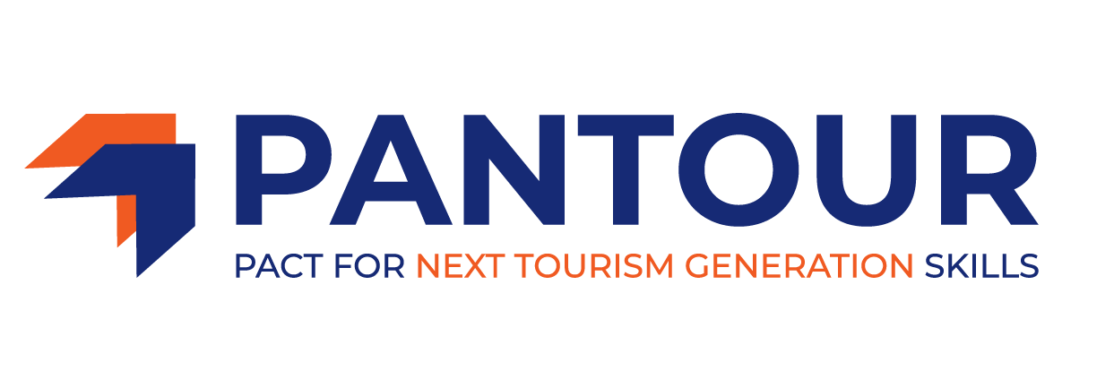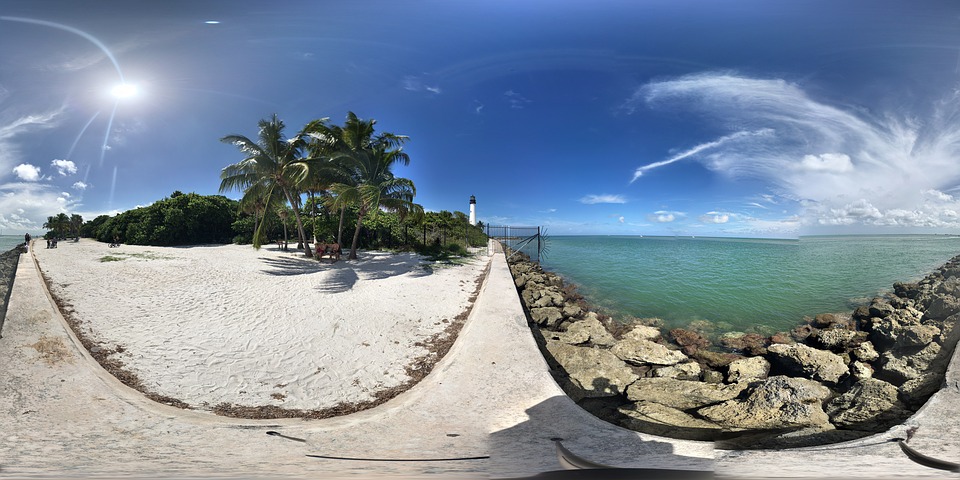Professor Talk: Research into digital media and Virtual Reality (VR) in tourism
What do we have to do with VR in tourism organizations? Is there a lot of budget needed? How can organizations benefit from digital media and VR, and what kind of knowledge is necessary to make experiences in VR? The Next Tourism Generation blog team sat down with Professor Marnix van Gisbergen from Breda University of Applied Sciences to ask these important questions.
As professor in digital media, Marnix researches digital media within the research field “Contextual Connected Media”, with a focus on virtual reality. He uses media context as a starting point to measure, investigate and understand the functionality and role of VR. With this, he offers a framework with which organizations can map out VR concepts and media strategies that reach and appeal to the public – which may or may not move through various media platforms.
If we ask you about the future and the developments of digital media, in particular in the field of VR, what do you think that looks like?
”Digital media is only getting bigger, that’s what I always think about when we talk about the development of digital media. I often start my lectures for organizations and students with the question: “name a medium that has disappeared in the last 200 years?” It is amazingly difficult to come up with examples. Conversely, it is easy to name media that has been added, every year there is a certain medium (type) that receives a lot of attention, from Big Data-driven media to wearables and Virtual Reality, and from Augmented Reality to Artificial Intelligence Voice Controlled media. Which medium do you need what for? It is always difficult for many companies to make a selection, mainly because most companies cannot use everything. The budgets don’t allow that.
Digital media strategy departments are being set up in more and more organizations. This often happens from a multidisciplinary composition, where media, technology, and consumer knowledge come together. That is not at all easy, but necessary for companies to think further and work out ideas with the arrival of new media and technologies. In the travel industry, people will often have to ask whether they should use Virtual Reality (VR) or Augmented Reality (AR). Relevant questions, but it is easier to start with the why question and whether you as an organization need what these media can add to other media. Do you want to give the traveler a certain simulated (interactive) experience or not? In the case of VR, it will mainly be about offering an experience. And if it is very important for the experience that the actual environment or context is visible or part of the experience, then you choose AR. In addition, it is important to no longer see media as separate entities. We sometimes notice that organizations want to put all their budget and time in VR, but that is not necessary at all. A traveler will also continue to use the website and social media”.
As a professor, how do you collaborate with organizations to support them in developing media strategies and VR?
“Almost all of our research is a collaboration between knowledge institutions, organizations, and students. These can be very large projects with international consortia, whether or not brought to life through grants. There are also projects that are sponsored by the business community and research in the form of graduation internships.
Within my research group and our domains of games and media, we strongly believe in projects where research and creation go hand in hand. Not researching something sequentially, making something and then testing, but at the same time delivering concepts and operating prototypes. We provide insights from our investigations with partners. That output can vary from articles to consultancy, workshops, jams, and hackathons. The commercial development is often done together with our business holding and/or companies from our network.
For example, we have developed Virtual Reality concepts and products in the field of entertainment (films and games) but also in the field of branding, health, travel, retail and culture. All these concepts are linked to research, varying from effect research to optimizing the design or developing a strategy. In addition, we actually work for every target group and in every phase of a project. The link with our entertainment knowledge domain is the starting point. It remains an interaction. On the one hand, we bring entertainment knowledge to the travel industry, on the other hand, we learn from the travel industry for the entertainment sector.
Which research results you have recently discovered may be relevant for future proof travel organizations?
“First of all, research results can show that fear of using new media is not necessary. Research has never shown that a VR or AR experience substitutes real experiences. It is not the case that a VR museum replaces a visit to a real museum, the same as a visit to a country, region or region. It is rather the other way around, it can contribute to the intention to visit something. But that is highly dependent on how VR or AR is used.
It is important to determine what the function of VR will be. If it is to stimulate visitors, VR is designed and used very differently than when it comes to experience during or after a visit. For the time being, we see that VR evokes more engaging experiences than traditional media, but that depends on content. When it comes to 360-degree recordings, we now know that it is important to take into account the five Ps (Presence, Perspective, Point of View, Proximity, and Place). Unfortunately, that is very difficult to explain in a blog. We also see that a VR experience does not always have to be realistic. And surprisingly enough, it is not always needed to have a lot of budget to create a beautiful world. Sometimes, especially when it comes to intense experiences, such as height (fear) or impulse behavior such as avoiding dangerous situations, a simple VR world is enough.
On the other hand, research shows that people still find it annoying to put on glasses (for a long time). And a very large market for VR is therefore still not there. Developments are going fast and integration of VR media is becoming increasingly apparent (glasses for AR and VR, for example). In addition, the development of AI-driven lifelike digital humans is not standing still.”
Follow the efforts of the Next Tourism Generation via our website, Facebook, Twitter | #NTGskillsalliance or via LinkedIn
By Lobke Elbers, industry specialist digitalization and technology in travel, tourism & hospitality. Lobke is working at Breda University of Applied Sciences, one of the key partners of the Next Tourism Generation Alliance and responsible for the communication and the dissemination of the NTG project.




No Comments